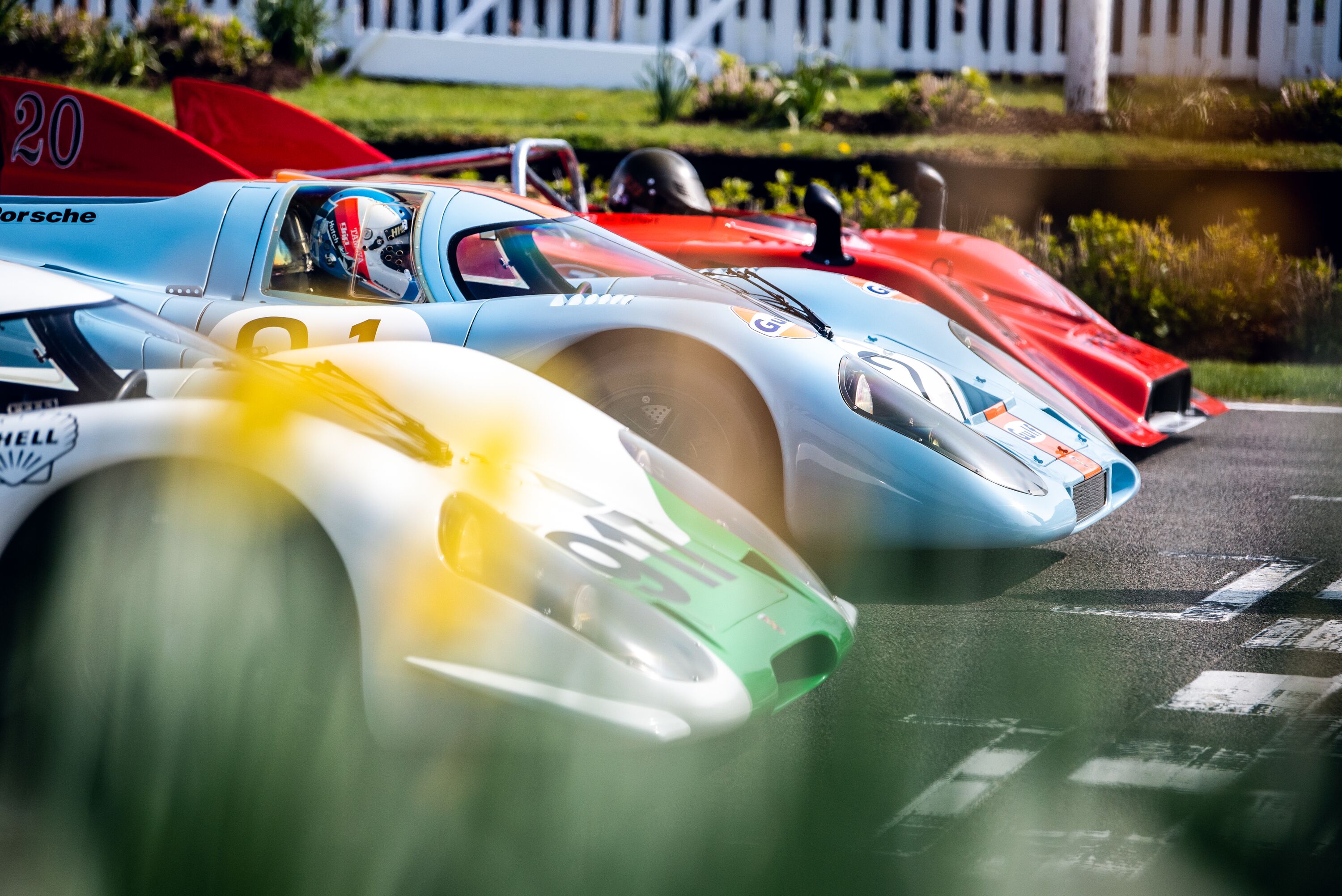Bring back the F5000 thunder – Thank Frankel it’s Friday
 Andrew Frankel
Andrew Frankel
One of the joys of writing in this spot is that you can engage in flights of fancy and dress them up as at least one form of journalism, which is precisely what I intend to do now. You may not see how I can make the connection between the very real environmental crisis the planet now faces and a particular kind of brutal old racing car, but to me it really is very simple: global emissions need to be decimated, therefore I want to drive a Formula 5000 car.

You may now have concluded I have made this considerable mental leap through a desire to have one last laugh, one final celebration of the hydrocarbon culture in which we all grew up, to end the era in the company of one of the most gloriously irresponsible kinds of car ever to race. But it’s not that at all.
The first thing to say is I’ve never driven a Formula 5000 car, and I’ll understand now if you need to pause to hold tears. Formula 1, 2 and 3 cars, sportscars, Can-Am cars, touring cars and many other forms of racing car. But never an F5000 machine.
And yet, if there were ever a single seat series to which my heart really belonged, it was not F1, but F5000. You may recall the formula emerged in the late 1960s as an affordable way to scare yourself witless in an open wheel racing car. The idea was that you could get a proprietary chassis from any one of a number of manufacturers and power it by pretty much anything you like so long as it didn’t displace more than the requisite 5,000cc. In reality, almost everyone ended up using the small block Chevy V8 for its ubiquity, reliability and cost. Chassis were produced by many of the biggest and best names in racing like Lola, McLaren, Lotus, Chevron and Surtees and series popped up all over the world, from the US, through Europe to South Africa and Australasia.

And it attracted proper drivers too. Over the years the US championship was won by the likes of David Hobbs, Jody Scheckter, Brian Redman, Patrick Tambay, Alan Jones and Jacky Ickx. In Europe Peter Gethin used it launch his F1 career with subsequent champions including Frank Gardner and Gijs van Lennep.
It’s easy to see what attracted them. And hear. While the sound of a Cosworth DFV in a Formula 1 car has a certain rough charm, the thunder of a 500 horsepower V8 Chevy racing motor will stir you to the very depths of your soul. And they weren’t that much slower than F1 machines either, despite a considerable weight disadvantage (500kg vs. 660kg) and a lower level of technical sophistication. When organisers of non-championship F1 races found themselves needing F5000 cars to fill out their grid, the quicker F5000 boys would often outpace the slower F1 machines. And just once, at the Race of Champions at Brands Hatch in 1973, when 19 F5000 cars took on 13 F1 cars, it was Peter Gethin’s Chevron F5000 machine that first took the flag, albeit in slightly fortuitous circumstances.

So what on earth has any of this got to do with climate change? Simply this: in the week when both Audi and BMW announced their withdrawal from Formula E, I have been pondering how on earth can you have environmentally responsible racing that is also a great spectator sport, where cars go really fast and sound absolutely incredible, neither of which I’m afraid you can say about the current solution. And my answer is to bring back F5000, but power the V8 engines with clean, green hydrogen. An internal combustion engine will burn hydrogen as happily as it will burn petrol. Yes, there would be issues with storing the hydrogen on board in liquid form but BMW had a fleet of 7 Series limos with hydrogen-fed V12 engines some 15 years ago, so surely such challenges are not insurmountable?
In the meantime I’ve been scouting the classifieds for old F5000 cars, most of which are in the US. I can’t afford any of them of course, but ready to race cars with good names and solid histories seem to cost around $170,000 which, in bang for your buck terms, must make them just about the best value historic racers out there.
Images courtesy of Motorsport Images.
Thank Frankel it's Friday
F5000
Hydrogen





































































